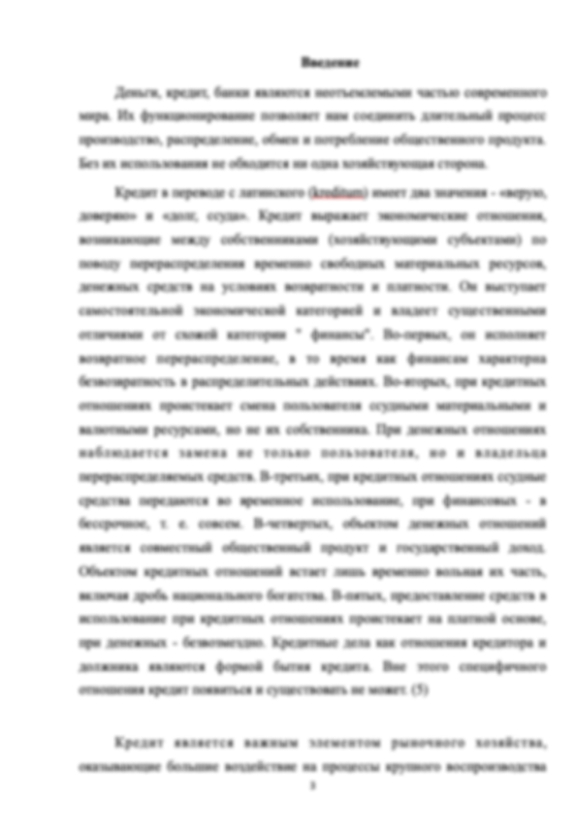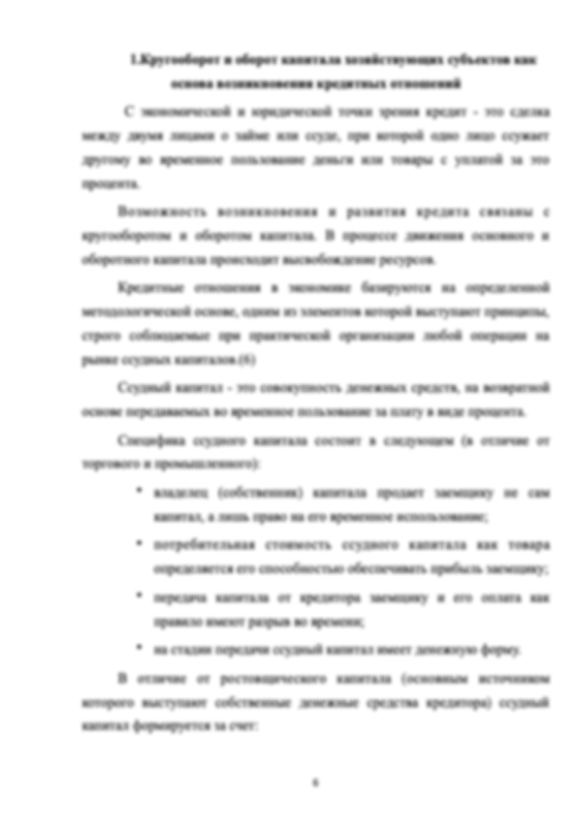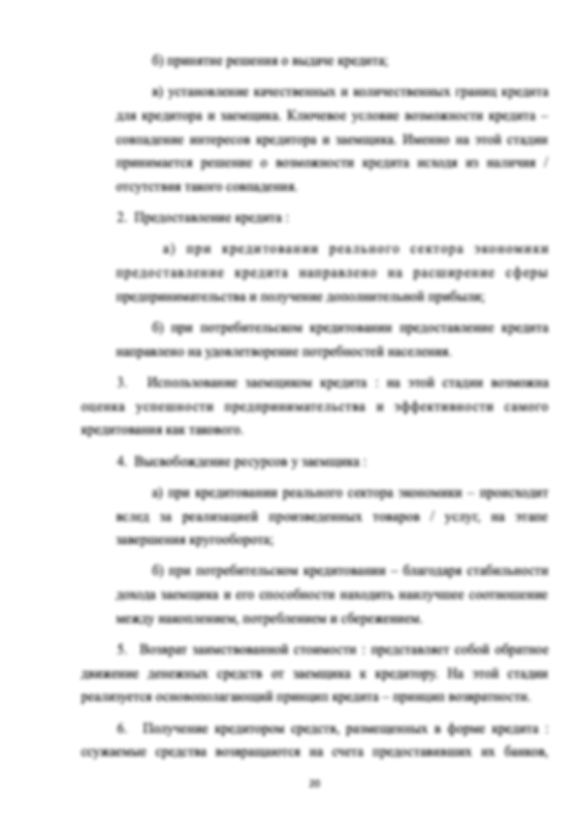Очень ответственный автор. Работы выполнена раньше срока, все пожелания и требования по работе учтены. Рекомендую
Информация о работе
Подробнее о работе

Classification of Phraseological Units
- 21 страниц
- 2017 год
- 294 просмотра
- 2 покупки
Гарантия сервиса Автор24
Уникальность не ниже 50%
Фрагменты работ
The English language has a very long history. For this long time it has accumulated a great number of word expressions which are told to be very felicitous, apt and fine. So we can observe the appearance of the special layer of the English language – phraseology.
Introduction 3
1. Basic Notions of English Phraseology 5
1.1. Phraseology 5
1.2. Phraseological unit 5
1.3. Idiom 7
1.4. Features of phraseological units 8
2. Classification of Phraseological Units 10
2.1. Classification according to V.V. Vinogradov 10
2.2. Structural classification 11
2.2.1. Structural Classification according to A.P. Cowie 11
2.2.2. Structural Classification according to N.S. Valgina 12
2.2.3. Structural Classification according to L.Y. Buyanova 13
2.2.4. Structural Classification according to T. Tkachuk 13
2.3. Semantic classification 14
2.3.1. Semantic Classification according to A. Adelnia 14
3. Stylistic Peculiarities of Phraseological Units 15
3.1. Bookish and colloquial phraseological units 15
3.2. Stylistic Peculiarities of Phraseological Units according to A.P. Cowie 16
3.3. Stylistic Peculiarities of Phraseological Units according to M.N. Kozhina 16
3.4. Stylistic Peculiarities of Phraseological Units according to stylistic connotation 17
Conclusion 19
Bibliography 21
The study of the English language is much spread in Russia and other countries. The main reason of it is its internationality in the modern world. Almost every Russian knows English at least on the basic level. And the mastering of the language is impossible without mastering its phraseology. If one knows the English phraseology, it is easier for him to read different English texts. The reasonable using of phraseology makes the speech more stylistically figurative.
Bibliography
1. Бабич Г.Н. Лексикология английского языка. – Екатеринбург; М.: Уральское издательство: Большая медведица, 2005. – 176 с.
2. Баранов А.Н., Добровольский Д.О. Аспекты теории фразеологии. – М.: Знак, 2008. – 656 с.
3. Буянова Л.Ю., Коваленко Е.Г. Русский фразеологизм как ментально-когнитивное средство языковой концептуализации сферы моральных качеств личности: монография. – М.: Флинта: Наука, 2012. – 184 с
4. Валгина Н.С., Розенталь Д.Э., Фомина М.И. Современный русский язык / Под ред. Н.С. Валгиной. – 6-е изд., перераб. и доп. – М.: Логос, 2002. – 528 с.
5. Гинзбург Р.З., Хидекель С.С., Князева Г.Ю., Санкин А.А. Лексикология английского языка. – 2-е изд., испр. и доп. – М.: Высш. школа, 1979. – 269 с.
6. Кожина М.Н., Дускаева Л.Р., Салимовский В.А. Стилистика русского языка. – М.: Флинта: Наука, 2008. – 464 с.
7. Лаврова Н.А. A Coursebook on English Lexicology: Английская лексикология. – М.: Флинта: Наука, 2012. – 168 с.
8. Adelnia A., Dastjerdi H.V. Translation of Idioms: A Hard Task for the Translator // Theory and Practice in Language Studies. - Vol. 1. - No. 7, 2011. - p. 879-883.
9. Baranovskaja I., Skorupa P. Some Aspects of English Idiom in Traditional Media Classification and Problem of Translation into Lithuanian // Santalka: Filologija, Edukologija. - 2013. - p. 5-12.
10. Barasch M. The Language of Art: Studies in Interpretation. - NYU Press, 1997. – 367 p.
11. Cowie A.P. Phraseology: Theory, Analysis, and Applications. – Clarendon Press, 1998. – 258 p.
12. Lipka L. An Outline of English Lexicology: Lexical Structure, Word Semantics, and Word-Formation. - 2. ed. - Tübingen: Niemeyer, 1992. - 212 p.
13. Naciscione A. Stylistic Use of Phraseological Units in Discourse. – John Benjamins Publishing, 2010. – 292 p.
14. Skorupa P., Baranovskaja I. English Idiomatic Words and Their Equivalents in Lithuanian as Terms in Traditional Media // Santalka: Filologija, Edukologija. - 2012. - p. 194-206.
15. Straksiene M. Analysis of Idiom Translation Strategies from English into Russian // Kalbu Studiops. – 2010. – №17. – p. 29-33.
16. Tkachuk T. Idioms Inside Out: Monet in English Idioms // Sbornik Praci Filozoficke Fakulty Brnenske Univerzity Studia Minora Facultatis Philosohocae Universitatis Brunensis. –2005. - №11. – p. 63-72.
Форма заказа новой работы
Не подошла эта работа?
Закажи новую работу, сделанную по твоим требованиям





